How will Xi’s visit to Hungary influence Europe?
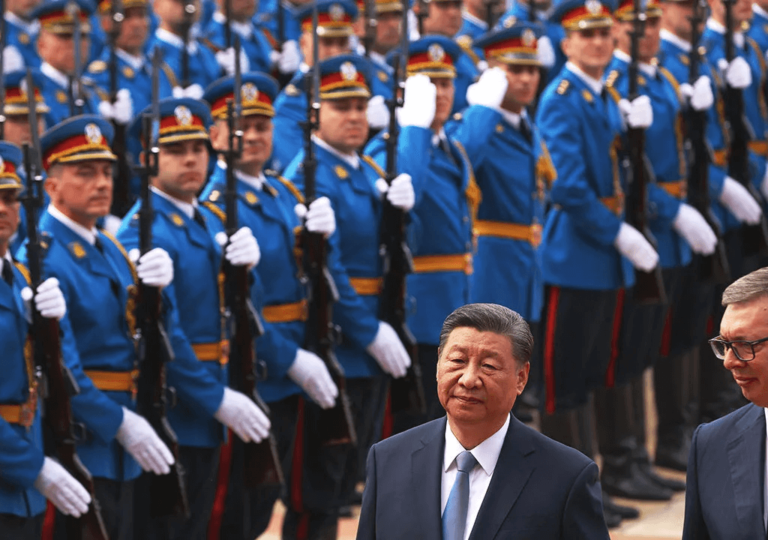
Hungary, a Trojan horse to Europe, maintains warm ties with Russia and China, signing deals to strengthen economic collaboration, raising concerns in the EU.

Hungary, a Trojan horse to Europe, maintains warm ties with Russia and China, signing deals to strengthen economic collaboration, raising concerns in the EU.

President Biden's controversial comments on immigration policies of Asian countries, Japan, China, Russia, and India have stirred reactions, especially from Japan, a key ally.
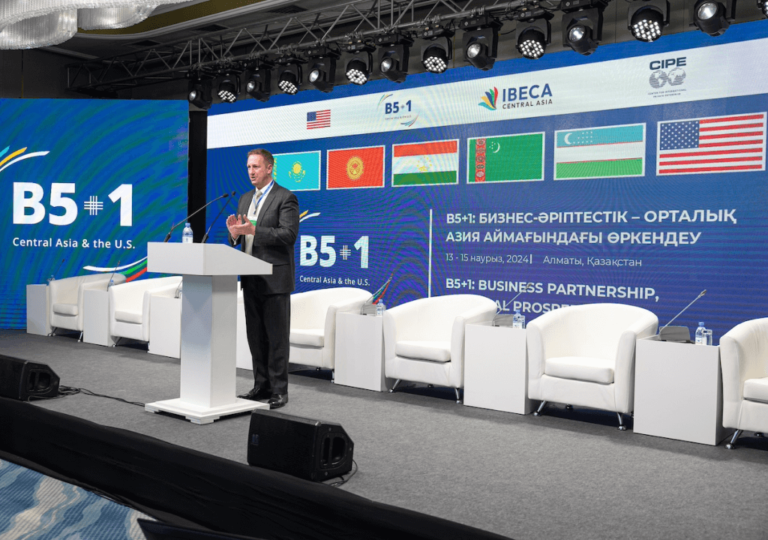
As a necessary step toward creating a single regional market, Central Asian states are removing trade barriers.
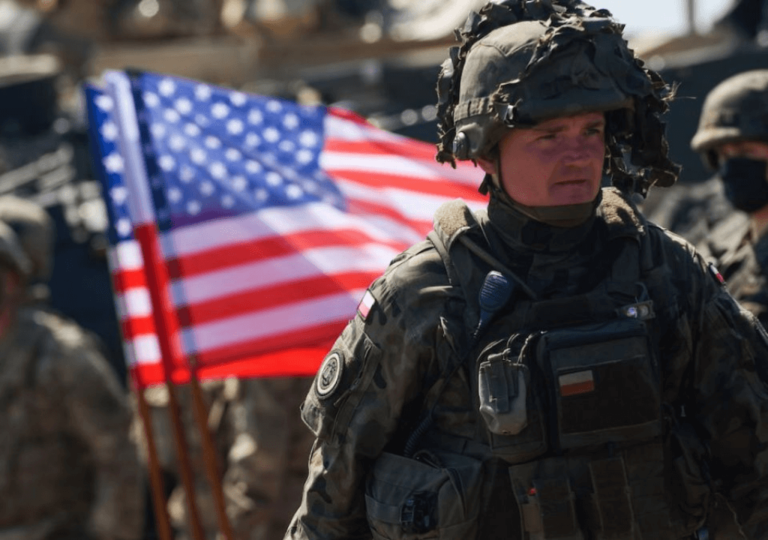
US, Japan, and South Korea conduct joint drills near China, while US and allies dominate South China Sea exercises.
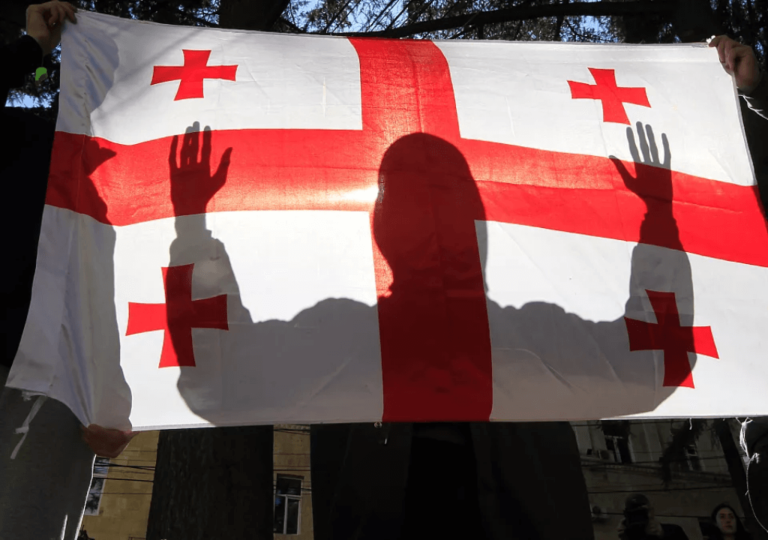
Georgian Parliament Passes Controversial Foreign Agents Bill; Protests Erupt: Georgia's parliament passes a bill requiring foreign-funded media and NGOs to register as "foreign agents," sparking protests and EU criticism. The bill contradicts democratic reforms needed for EU membership.

Four Tajikistan citizens face custody over Moscow concert hall attack, spotlighting Central Asian extremism's rise amid socioeconomic challenges, risking regional stability.
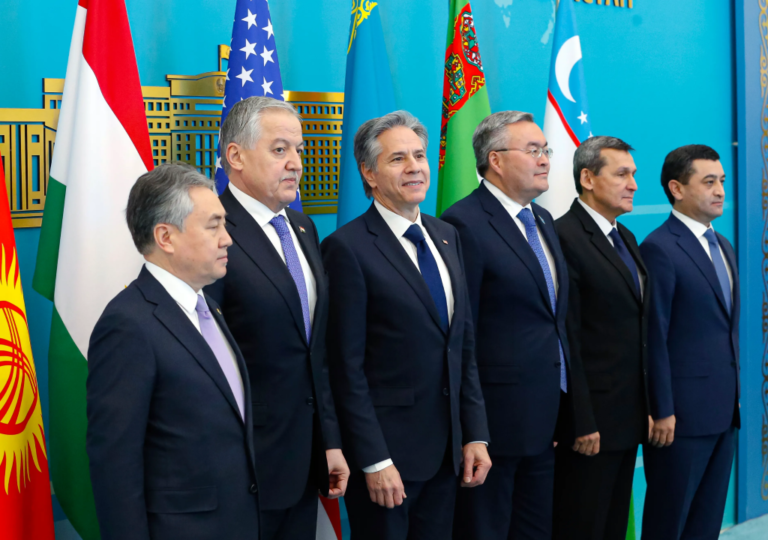
Central Asia's shift from Russian influence unfolds as global players like the US engage in economic partnerships and regional integration efforts.
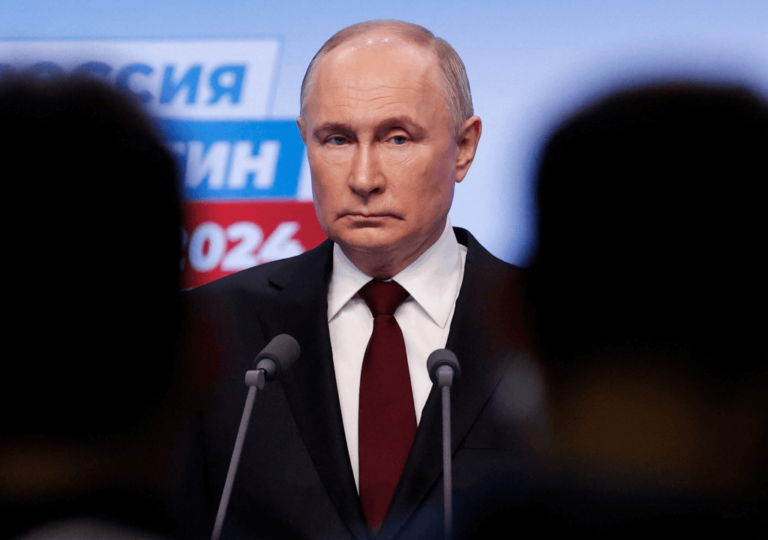
"The Dictator" scene mirrors Russian election: Putin's orchestrated triumph amid protests, disqualifications, and fears of extended authoritarian rule.
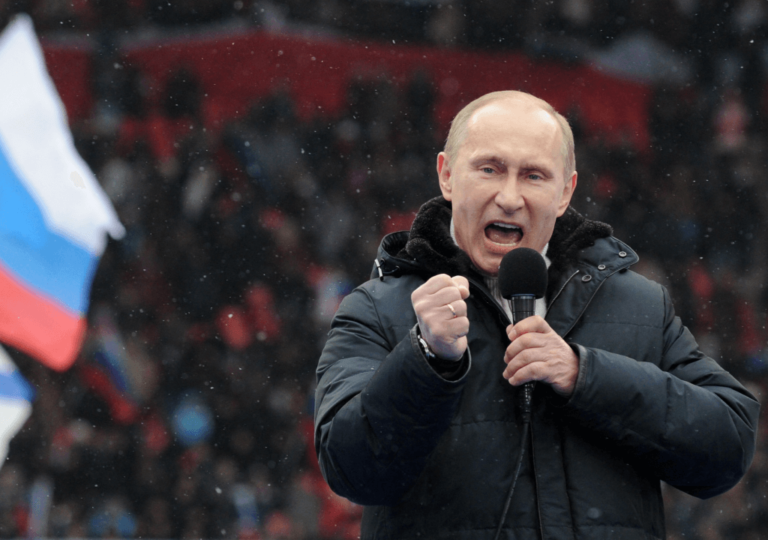
Putin's grip tightens as Russia readies for election amid opposition crackdown. Navalny's death sparks outrage, but Putin remains poised for victory.
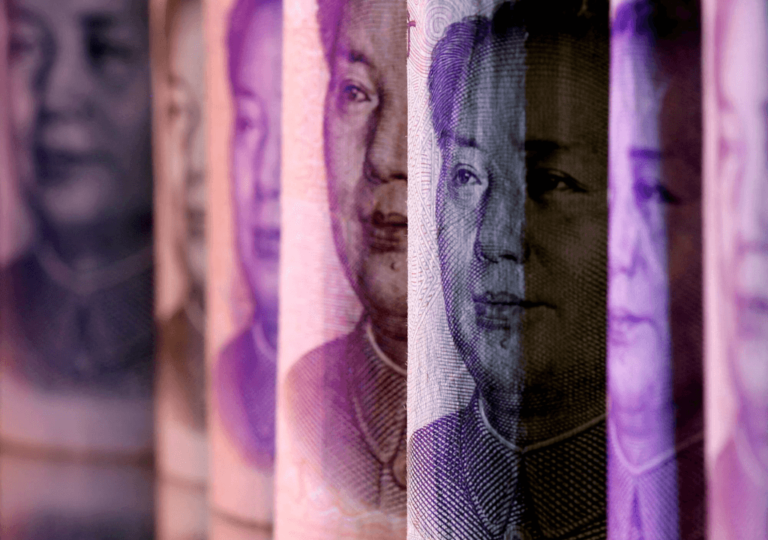
Russian businesses increasingly rely on yuan amid Western banking cutoff, facing scarcity and rising costs, hindering growth amidst geopolitical tensions.